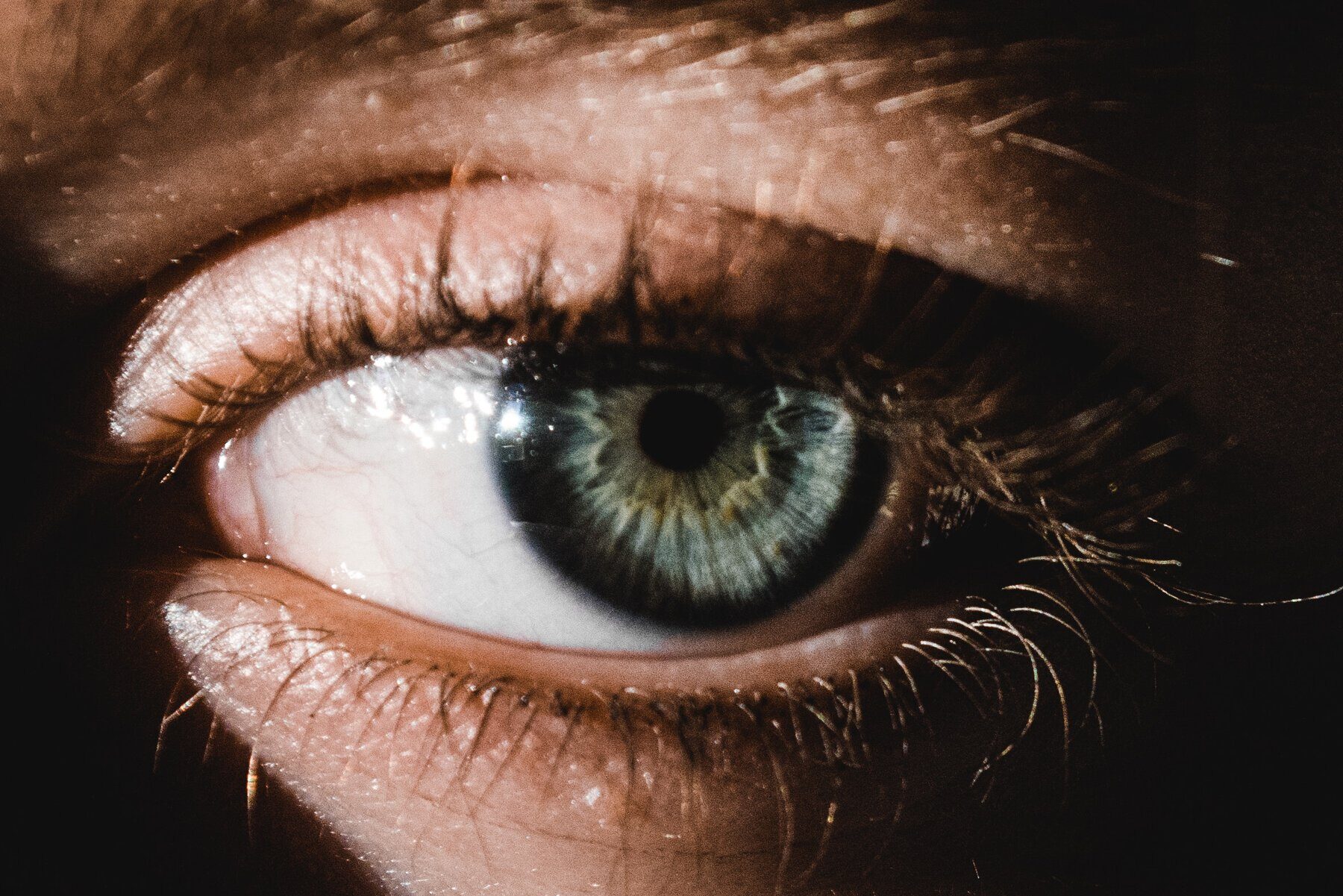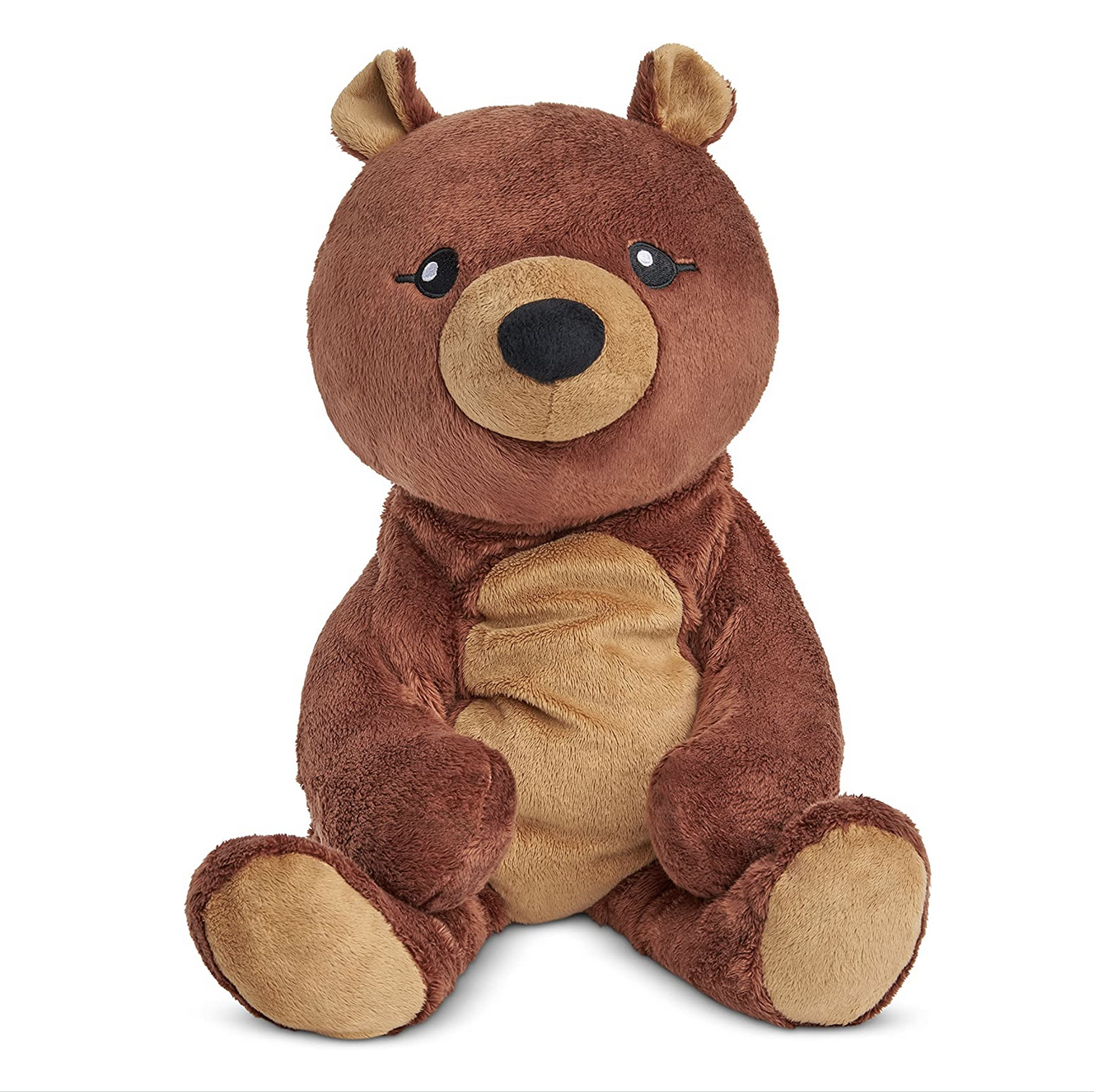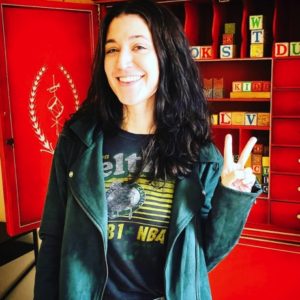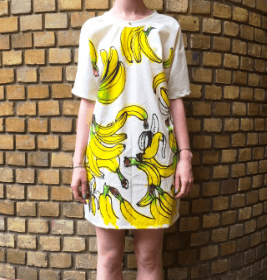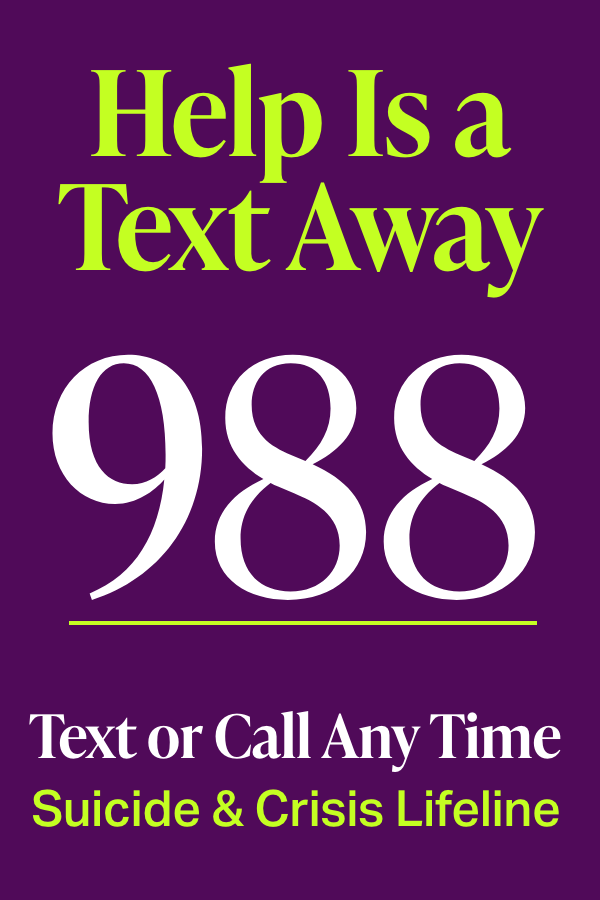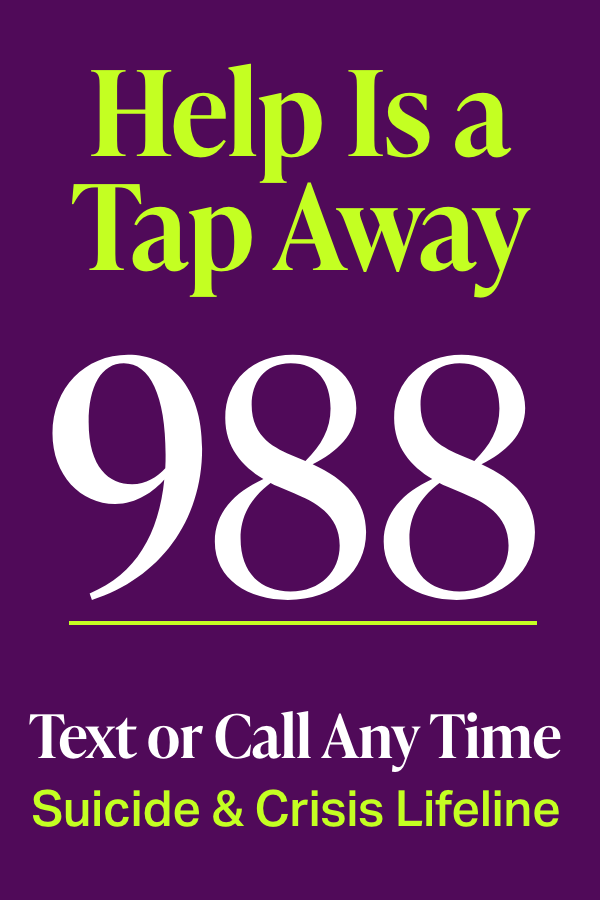“What are you watching?!” my then-boyfriend, Jason, asked at 7 a.m. It was a bloody woman trapped in a cave, a basement, a box.
I was watching the same type of thing I’d watched the day before on my noon lunch break as I worked from home, at 5 p.m. before I cooked an early dinner, and at midnight when I couldn’t sleep.
Every day, I’d put on a horror movie as soon as I woke up at 6, listening through headphones so the screams didn’t wake Jason. On a Saturday afternoon, I’d hit pause to walk to the grocery store, throw my clothes in the dryer at the laundromat, or take a shower. I’d press play again before I was out of my coat or robe. Terror was my constant companion.
Sometimes, even a true bestie. Midsommar is an upscale, hipster remix of 1973’s The Wicker Man. The Cabin in the Woods is hilarious without sacrificing scares. Coralie Fargeat’s brilliant Revenge is a sleek, enraging adventure that will make you ball your fists until your palms bleed.
Steven King once said, “We make up horrors to help us cope with the real ones.” Years later, research has proven his theory true. A 2020 study published in Evolutionary Behavioral Sciences examined why people watch horror movies—and found that many fans enter a positive feedback loop by “coping with virtual simulated danger.”
Yes, science backs up King. So do I.
The Hits Kept On Coming
My need for a bloody buddy had started with a violation many months earlier. I was sexually assaulted by someone I’d known for years (which brought forward a childhood event that I had long pushed away with a Type-A fervor). Soon after, I had my first of two cancer scares. I left a colposcopy in a daze and a diaper. I felt damaged.
I was also convinced that the two negative HIV tests I’d had after my assault were taken too closely together to be accurate. I Googled my sudden earaches and stomach issues. I microscopically examined a rash in the mirror, body pressed up against it. “It’s got to be an autoimmune thing,” I mumbled, fogging up the glass. “It’s HIV.”
I found a lump in my right breast. Coincidentally, I was writing a breast cancer story at the lady magazine where I newly worked. One woman I interviewed was a young mother who initially thought her breast pain was a clogged milk duct. She told me her chemo hurt so bad that she wanted to die, and considered it…even though she had two kids under the age of 3.
I got an ultrasound, a mammogram, and a core biopsy. A doctor gave me the all-clear on a Friday—just in time for my birthday—but on the following Monday, she took it back. There was a disagreement between doctors about my imaging. The bouncy-ball-sized lump looked so much like cancer that they thought the biopsy simply missed the dangerous bit. So I had a lumpectomy—and if my rushing sentences make it sound like this tit stuff happened in a timely fashion, let me assure you that it did not. It was a months-long process, far more complicated than my tacit phrases would suggest.
Just 20 hours after my lumpectomy, I did a phone interview with a makeup artist I was writing a column for—I didn’t want to lose the gig. The day before my surgery, I’d interviewed singer-pianist John Legend. With internet tabs opened to 12 breast cancer sites, I read banter that I’d pre-written to sound like a normal person.
Wanna scare away your anxiety from the safety of your couch or local theater? Our resident horror buff, Mental editor-at-large Meirav Devash, shares her favorite creepy movies and shows of 2023—with options for everyone from scaredy cats to gorehounds.
No One Will Save You
Rejected by her small-town neighbors, a young woman has made a cottagecore home her sanctuary. But it turns into chaos when an alien invasion literally lands in her lap. She’s got to fight an increasingly perilous battle to survive. Recalling The Twilight Zone episode “The Invaders,” there’s no real dialogue in this movie to keep track of (but lots of dubstep sounds).
Where to watch: Hulu
The Last Voyage of the Demeter
Before vampires were sparkly and sexy (Edward Cullen, Twilight), or bleach-blond and sexy (David, The Lost Boys), they were terrifying. Sharp fangs, long, craggy fingers, etc. For the most feral, least hunky version of Dracula, join the crew trapped onboard with him on this doomed merchant ship. But don’t get too attached to them—it’s a long way from Transylvania to London.
Where to watch: Amazon Prime, Apple TV, Google Play, Redbox, Vudu, YouTube
Renfield
For those who like their vampires more campy than creepy, there’s Renfield. Nicholas Hoult (Skins, X-Men, Great) plays the beleaguered assistant who has to deliver innocent victims to a very demanding Dracula. Nic Cage embodies the monster with so much unhinged extra-ness, you almost don’t notice the gore.
Where to watch: Amazon Prime, Apple TV, Google Play, Peacock, Redbox, Vudu, YouTube
Saw X
If you’re up for a little ultraviolence, Saw X delivers. (Missed a few movies in the franchise? You’re good here–it’s a direct sequel to 2004’s Saw.) Jigsaw’s origin story begins when terminally ill John Kramer goes to Mexico in hopes of a miracle cure, but gets scammed instead. It’s hard to feel too bad for the victims of his diabolical traps once you know what they did to wind up there.
Where to watch: In theaters
Talk to Me
For some reason, the hottest party trick in teenager Mia’s Australian town is using an embalmed hand to contact spirits. It’s all fun and games until someone’s soul gets displaced by malevolent spirits, right? There’s something cathartic about watching Mia and her friends make one terrible decision after another from the comfort of your zero-haunted-embalmed-things space.
Where to watch: Amazon Prime, Apple TV, Google Play, Vudu, YouTube
Pet Sematary: Bloodlines
This prequel takes place in 1969, long before Jud Crandall buried Church the cat in the 2019 remake of Pet Sematary. In it, the kid version of Jud discovers an ancient burial ground behind the pet cemetery that can bring dead things back to life. Plus, fans finally get to find out why Jud would bury that poor kitty there if he knew what would happen!? We need answers.
Where to watch: Paramount+
The Changeling
Apollo and Emma’s NYC love story starts out like a dream and quickly becomes a nightmare after the birth of their son. Emma’s postpartum behavior gets more and more erratic until she does something unthinkable—and mysteriously vanishes. Apollo searches for her in a dark, magical world that exists right under our noses.
Where to watch: AppleTV
The Nun II
The Conjuring universe unfolds for more horrors as Sister Irene and Maurice return to battle possession and other torments, courtesy of the demon Valek and a sinister goatlike creature. Relax—if you haven’t messed around near any ancient religious artifacts lately, this is very unlikely to happen to you.
Where to watch: In theaters, Amazon UHD
The Horror of Dolores Roach
In this new black comedy series, Dolores is released from prison (for a bogus charge, obvi). Her criminal record makes it hard to find a job, so she opens a massage business out of a friend’s basement. When her fresh start is threatened, she does what she has to to survive…but the bodies start piling up. There’s a good balance of giggles and gore, so it never feels too bleak.
Where to watch: Amazon Prime
Totally Killer
Decades after the Sweet Sixteen Killer murdered her mom’s high school friends, they return for their final victim—and have a wacky Back to the Future moment with 17-year-old Jamie. After unexpectedly time-traveling back to 1987, Jamie’s got to team up with the teen version of her mom to stop the killer before she gets stuck in the past.
Where to watch: Amazon Prime
Two days post-surgery, I went back to my office. I was edgy, short-fused. I yelled at a more junior editor over something she’d emailed a publicist. That night, I put on two of my tightest sports bras and went for a run, against doctor’s orders. I slept cocooned in pillows so I wouldn’t roll onto my chest during the night.
I couldn’t look down at my battered breast in the shower, blue and swollen, like a D-cup-corpse’s boob Frankensteined onto my B-cup body. At my follow-up appointment (an inexplicable number of weeks later), my surgeon finally told me that I didn’t have cancer. It was beyond good news but a mindfuck. What the hell had just happened?
At home, I skipped torture porn (think: The Human Centipede, the Saw series). I chose upscale almost-horror psychological thrillers instead, like Black Swan. But I mostly stuck to movies about creepy old houses, possessed dolls, woods you should never venture into, and women under siege by their husbands, serial killers, cannibals, ghosts, and the devil himself. How many did I watch in total? 100? 150? More?
Was this good? Bad? Helpful? Hurtful? My extreme horror consumption might have flooded someone else’s nervous system, says Lori Davis, Psy.D., a psychologist who has done clinical research on trauma and now teaches grad students at Weill Cornell College of Medicine in New York City. “Doing it to the nth degree, the trauma stimulation could be too much.”
But then she hit me with what everyone wants to hear from a PTSD therapist with 25 years’ experience: “I don’t think you’re weird. Studies do show that watching horror movies or reading gruesome stories can kind of be cathartic. People can connect with characters’ feelings; they can master feeling scared knowing I’m actually safe.”
Coltan Scrivner, who has a Ph.D. in comparative human development focused on behavioral biology, has written multiple papers that play with the idea of scaring away anxiety, and has proposed utilizing horror “as a therapeutic tool for anxiety disorders.”
Dr. Scrivner was the lead researcher of a 2022 study on American horror fans, published in the Journal of Media Psychology, that categorized them into three types. “Adrenaline Junkies reported immediate enjoyment [of the films], White Knucklers reported personal growth, and Dark Copers reported both,” the paper stated.
On an unconscious level, my anxious brain was aiming for growth—but was I achieving it?
That’s the Ticket (Or Is It?)
Over the next year, I pushed forward as if I felt the luck that I indeed had. (I berated myself for not being happier that I didn’t have cancer.) I was loud and funny at get-togethers. I volunteered on Sundays. I left the job where I’d never been the best version of me. I freelanced from home, piling research for my next article all around me on the floor like I was writing a college paper. I was crushing it.
But after long burying my anxiety, it began zombie-ing out of its grave. I’d close my eyes and feel the sensation of a rope around my neck. I can’t kill myself, I thought. It would hurt my family. It would be someone’s job to retrieve my body; it would be horrible for them. I tried to calculate how much it cost the city every time someone died by suicide. I would be a bad citizen if I did this.
The Last of Us May Be the Best for Us
Pedro Pascal memes provide laughs and swoons on TikTok—but the actor’s post-apocalyptic series The Last of Us may do something deeper: strengthen psychological resilience.
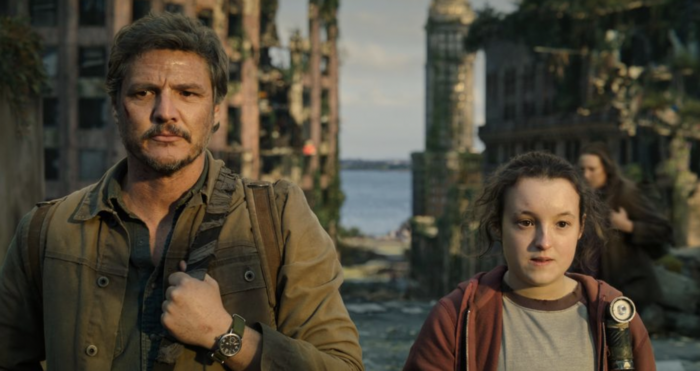
According to a 2021 study published in the journal Personality and Individual Differences, fans of apocalypse and zombie movies were significantly more prepared for and experienced fewer negative disruptions during the COVID-19 pandemic. Regularly watching horror, found the study authors, may help “build emotion regulation skills that can be utilized to ameliorate the psychological distress that accompanies dysphoric events.”
In other words, seeing Pascal fight off the fungi people can help you regulate fear and learn to navigate your feelings, so you’re able to cope better during crappy times. —Amy Keller Laird
Despite my protests, I started powering down. I stopped seeing my friends. I set timers to force myself to take showers, do dishes, and return emails. I just need 20 minutes from you, I’d demand of myself. I lived 20 minutes at a time.
Unless I was watching the movies.
I rewatched great horror I’d seen years ago: Texas Chainsaw Massacre (1974). The Silence of the Lambs. Let the Right One In (Swedish version). The Devil’s Backbone. Rosemary’s Baby. The Shining. Candyman (1992). Scream. The Descent. The Thing (an icy, desperate favorite). I watched them on Netflix, HBO, Amazon, Hulu, Chiller, IFC, trials of Showtime, even YouTube. (YouTube was for Eden Lake—sought out for a young Michael Fassbender and Tara Ellis, the June Diane Raphael-lookalike from the bad season of True Detective—she’s amazing in it, by the way.)
“We should watch Inside Llewyn Davis tonight,” said Jason, on multiple occasions. I begged off: “It’s too sad. I can’t watch sad things right now.” He laughed, incredulous and exhausted. “All you watch are movies about brutal murder.”
But horror movies aren’t sad, even the touching ones or the ones with twist endings where the hero doesn’t survive. Instead, they are tragic, appalling, grim. They might make you sick—but not sorrowful.
Unexpected Role Models
I was nothing but 100 percent engaged by terror—eyes and thoughts on the screen. Heart racing instead of sinking, I watched women with grit investigate, speak out, and fight. They punched with hands that had split knuckles and torn-off fingernails. I didn’t want to be in their circumstances. The only thing worse than choosing to kill yourself is having someone else kill you.
But those women on screen were who I wanted to be, someone who didn’t know how brave she was until just now. Someone who was going to get through this, even if “this” turned out to be only the next few minutes. I started to think: If I go down, it’s got to be swinging—and not at myself.
Why do we watch horror this way? “We play with fear, anxiety, and dread in a sandbox way, knowing a shark isn’t going to eat us, a demon is not going to possess us,” explains Mathias Clasen, Ph.D., director of the Recreational Fear Lab (yep, it’s a thing) at Aarhus University in Denmark. “But we still get to feel those powerful emotions and, maybe, not only identify but challenge our own limits for what we can withstand. It’s resilience-building.”
Perhaps this explains why I’d vampirically sought fight-and-not-flight movies: The Babadook. Train to Busan. Or best of all, You’re Next, a home-invasion movie wherein an unlikely hero goes gory-Kevin-McAllister. I’ve seen it a dozen times.
Directing My Own Path
Somewhere in the middle of my movie marathon, I decided to try therapy and an SSRI. (To quote a meme: “If you can’t make your own serotonin, store-bought is fine.”) I used to fear medications. I worried that they’d change how I functioned. Now, I was begging for them to do just that.
But the therapy and meds I tried didn’t work. So I stopped trying any form of them. For a long time, I relied on compulsive running, healthy-mind to-do lists, and forced socialization. It worked-ish.
During the COVID lockdown, with socialization no longer an option, my mental health faltered a bit. Nationally, digital sales of horror movies surged: As Insider reported, the digital service Movies Anywhere saw a 194 percent increase in the genre in May 2020 over the previous year.
Personally, I revisited The Conjuring, Us, and The Invitation (the LA dinner party one), and therapy, phone sessions with a soft-spoken, ponytailed guy hundreds of miles away who specialized in trauma. I tried new meds: one, a non-SSRI smaller than a Tic Tac that’s so low-dose, it’s taken by first-graders. Things got a lot better. They’ve remained better. (Dr. Davis, for one, was glad to hear I’d parlayed my fandom into more traditional trauma therapy.)
I still self-medicate by running and watching horror movies. In theaters in the last month, I’ve seen Bodies, Bodies, Bodies, Barbarian, and The Invitation (the 23andMe-esque vampire one). At home, I ordered a new streaming service strictly to watch the surprisingly campy Orphan: First Kill, and re-watched Orphan, You’re Next, The Omen (1976), and Revenge.
The horror genre calls the last woman standing, the survivor, the “Final Girl.” However tempting, I am not going to close this essay on a pop-song note where I belt out, emphatically, that I am one. Fighting for survival isn’t something you do for one savage night. And straight up, in real life, those Final Girls would need major trauma therapy. (Without it, they’d be vibing like Laurie Strode in the later Halloween movies.)
As for me—whose life has been absent of chainsaws, knife gloves, and ruined summer camp experiences—I sometimes still have anxious waves that surround me like cartoon stink lines. But I’ll tell you this much: I don’t want to die. I want to get through this. One scene at a time.
Sign up for our free newsletter
Legit tips and cool copes, delivered straight to your inbox.
By completing this form you are signing up to receive our emails and can unsubscribe anytime.
Horror Movies and Virtual Simulated Danger: https://psycnet.apa.org/record/2018-58515-001
Lori Davis, PsyD: https://www.drloridavis.com
Types of Horror Fans: https://uploads.strikinglycdn.com/files/534c3062-58bc-4be7-9086-29670f62f8c9/The%20Psychological%20Benefits%20of%20Scary%20Play%20in%20Three%20Types%20of%20Horror%20Fans.pdf
Coltan Scrivner, Ph.D.: https://www.coltanscrivner.com
Scaring Away Anxiety Theory: https://uploads.strikinglycdn.com/files/a7af2283-2358-47d0-9a5b-8ca740dd2bc5/Scaring%20away%20anxiety_Therapeutic%20avenues%20for%20horror%20fiction%20to%20enhance%20treatment%20for%20anxiety%20symptoms.pdf?id=3711464
Mathias Clasen, Ph.D.: https://pure.au.dk/portal/en/persons/mathias-clasen(3c9b0961-b1e9-4084-867f-d8b959ba40e5).html
Recreational Fear Lab: https://cc.au.dk/en/recreational-fear-lab
“The Last of Us May Be the Best for Us” Box
Apocalyptic Shows and Resilience: https://www.ncbi.nlm.nih.gov/pmc/articles/PMC7492010/
